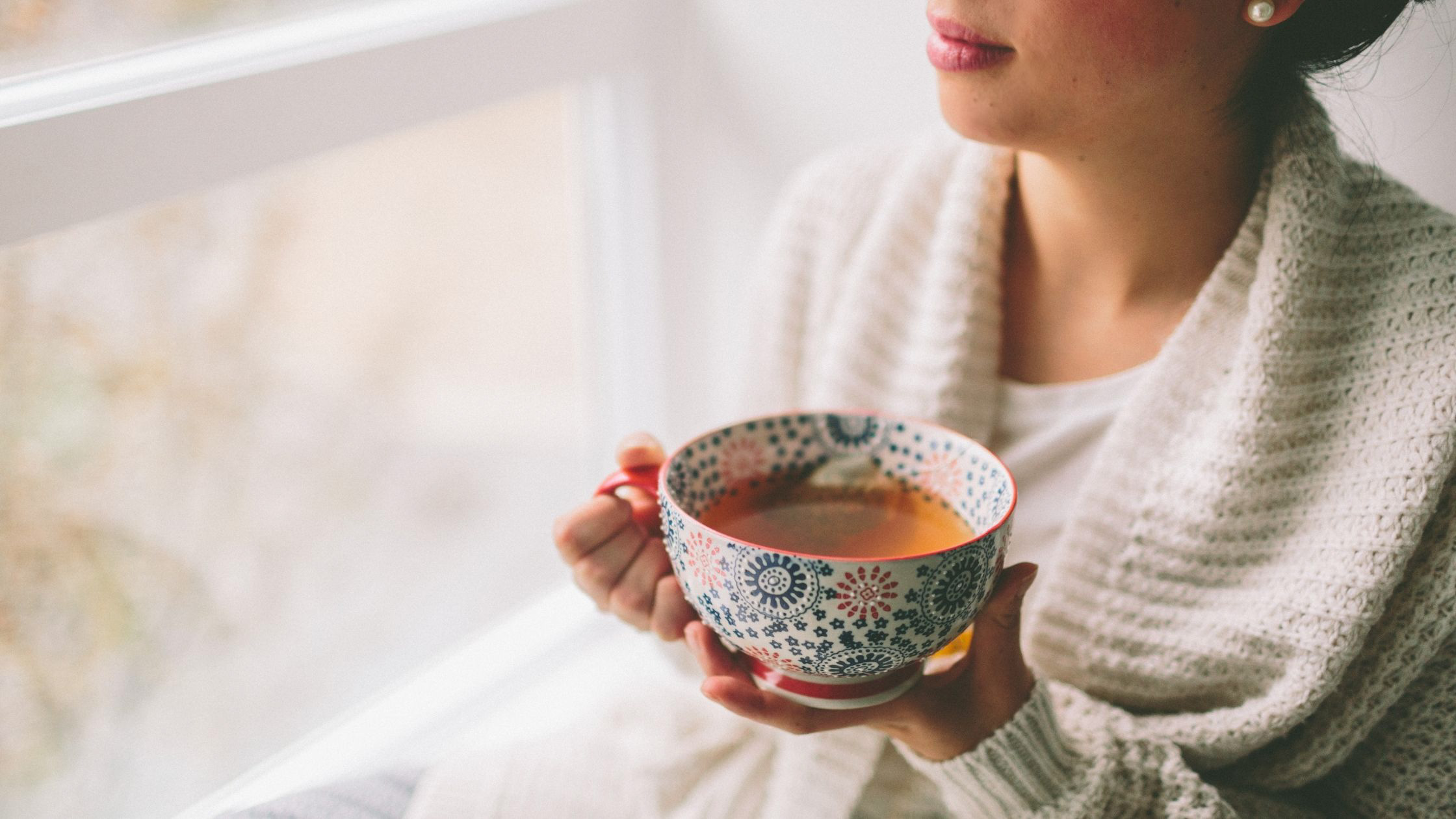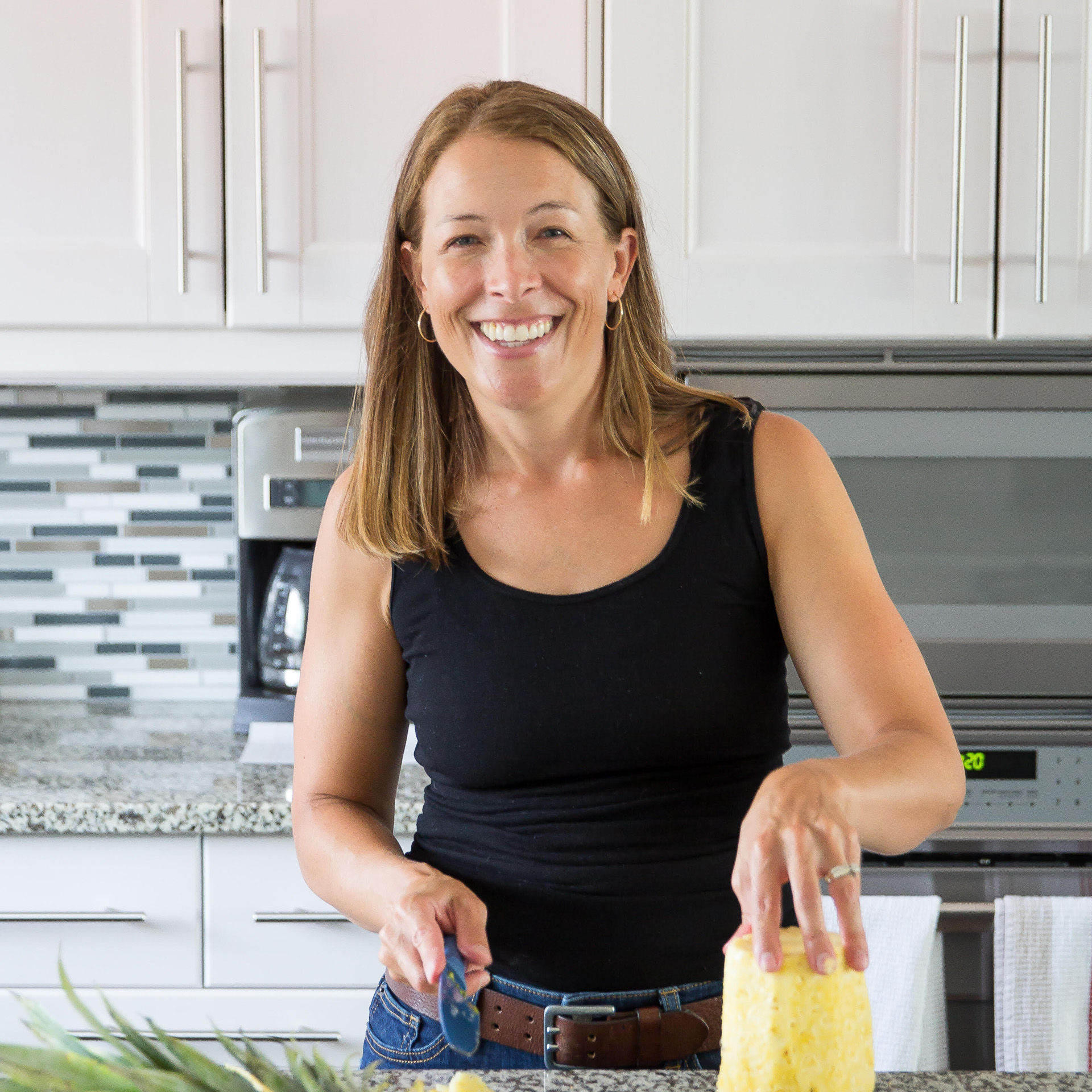Master Your Habits

We make decisions largely based on our habit environment. These habit environments (physical, social, and emotional) are full of cues. Cues can be time of day, location, emotional states, a pattern of behaviors that you do consistently, or even other people. (That’s a lot!) It’s important to become aware of our habit environments and the associated cues, because once we know what they are, we can begin to shape them to support the goals we want to keep and reduce or eliminate the habits that we don’t.
Best-selling habits author James Clear refers to environment as “the invisible hand that shapes human behavior”. And it really is. It’s invisible because our habits are carried out regularly without much conscious thought. Consider some of your most ingrained habits, like perhaps brushing your teeth before bed. It happens automatically and you really don’t have to make a conscious decision to do it. This is great when it comes to supportive habits, but can be problematic with negative ones.
Think about your own current habit environments. How do they play a role in your actions and what are the cues that trigger the habits? I challenge you to write out some of your habits and their associated cues. Choose both positive and negative examples. Here are a few of mine:
Positive Habit: Drinking a glass of lemon water in the morning
Cue: Time of day (6:30am), pattern of habits (something I do first thing in the morning before I make coffee)
Positive Habit: Making my morning smoothie
Cue: Time of day (around 8:30am), pattern of habits (part of my morning routine)
Negative Habit: Snacking on unhealthy food at night
Cue: Location (my couch), pattern of habits (part of my evening routine), time of day (around 8pm), emotional state (fatigue, stress), other people (family member also snacking)
Habit: Scrolling mindlessly on IG
Cue: Emotional state (fatigue, stress, boredom), pattern of habits (often when I pick up my phone for any reason I will check it since it’s in my hands), location (something I do often when on the couch)
Obviously, my positive habits don’t require change. I can actually use them as “anchors” for other good habits I may want to get started. For example, I could add on a 5-minute meditation practice to my already firmly established habit of drinking lemon water. (Wake up + lemon water + coffee + meditation OR wake up + lemon water + meditation + coffee.) This is referred to as habit stacking.

You may notice that some of your habits are more ingrained than others due in part to more environmental cues being attached to them. This can make changing the habit a bit more difficult, but not impossible. Let’s go through one of my own real-life examples of how I eliminated the unwanted “snacking on unhealthy food at night” habit by altering my habit environment in a few different ways:
Location: The couch was where I would normally carry out this habit. So first of all, I told myself that I could have the snack or treat, but I could not eat it ON the couch. Instead, it had to be eaten at the kitchen table and not while doing anything else. No food was is off-limits, lifting any “restrictive” association, but I learned that it’s not as fun to eat processed snack food when you eat it at the kitchen table without a TV or phone.
Another idea related to location is to put unhealthy food that you normally reach for out of sight and out of mind. We all know that putting healthy food at eye level in the fridge can be helpful, but the opposite works too. I had a client who kept her peanut butter in the garage. Yes — the garage! If she wanted it, she would have to go through a series of steps in order to get it. She could still do it, but because she placed a lot of friction around it, her unwanted habit of eating peanut butter by the scoopful was significantly reduced.
Pattern of Habits: A lot of the time we do something because it’s part of a longer pattern of habits. For example, the pattern that led to me snacking after dinner on unhealthy food looked something like this: Clean up after dinner, help my child with homework, get her ready for bed, fight with her about bedtime, flop on the couch and turn on the TV. Now there wasn’t too much I could do about MOST of those activities, but I could change the part where I flopped on the couch and turned on the TV.

So after putting my girl to bed, I walked to the bathroom to brush and floss my teeth. I then made myself a cup of herbal tea, and went downstairs to watch one of my favorite shows on a different TV that wasn’t near the kitchen (removing the temptation of being close to the kitchen, and interrupting the pattern with a different activity AND different location).
Time of Day & Emotional State: This habit was deeply ingrained because of the high degree of repetition (it’s what I did almost every day at that time). But it was also deeply ingrained because my emotional state at this time was also pretty constant: I was tired, frustrated, and bored. The more I used the habit of snacking on unhealthy food to address my emotions, the more my brain was wired to associate them with eating.
The good news though, is that by altering the pattern and location around that time and offering myself an alternate way to still be able to decompress from the day (watching a show I enjoyed while sipping tea instead of using food) I was able to change the habit.
Other People: This is the cue that a lot of people struggle the most with because we cannot control the actions of others. When I went downstairs with my tea, I actually left my husband upstairs snacking alone. I was still able to hang out with him before bed for a bit but it didn’t revolve around food or snacks. The bonus was that we didn’t have to argue over which Netflix series to watch ;)
As you can see, there are always many things that you can do to affect your habit environment, but you must first be curious and aware of what they are.
I hope this real-life example of mine provides you with some ideas that you might be able to apply to your own habit environment to better support your goals.
Start with something small, rather than your toughest habit. Remember to be creative, don’t be afraid to ask for help, and that after a slip-up, all you can do is get right back at it!
You do not have to “do healthy” on your own. In fact, research tells us that you are much more likely to succeed if you have accountability layered in.
Let’s face it — healthy eating and healthy lifestyles can be boring and require a lot of patience. Having the support of an accountability coach and a community of likeminded individuals on your team can make all the difference. Share paths with a practicing holistic nutritionist, receive one-on-one coaching regarding your meals, and be connected on the app with my other clients and Ambassadors. You will have fun, stay motivated and feel inspired!
Find out more by visiting my website www.stacyyates.com.
